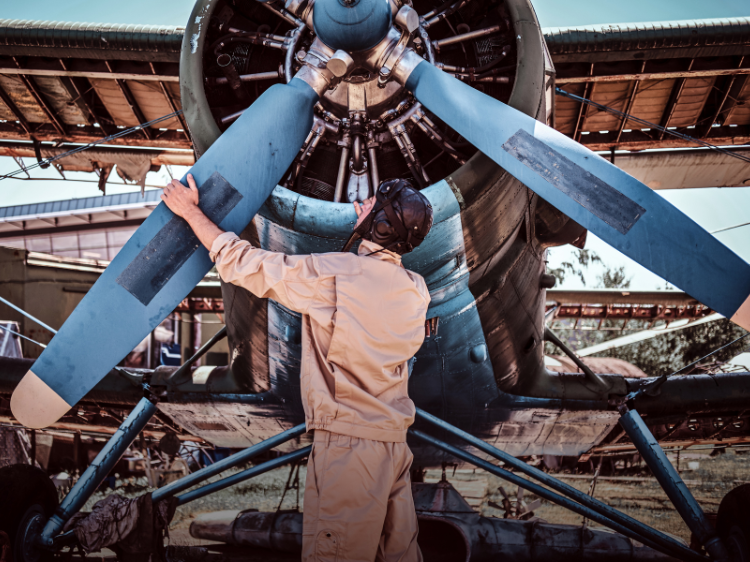Owning or operating an aircraft in Australia brings immense freedom and exhilaration. But with this thrill comes a significant responsibility – ensuring your aircraft is protected against unforeseen circumstances. According to a report by the Civil Aviation Safety Authority (CASA), there were 168 general aviation accidents in Australia in 2022. While safety is paramount, accidents can still happen, and aircraft insurance plays a crucial role in mitigating financial losses in such situations.
This article delves into six key types of aircraft insurance policies available in Australia, helping you choose the right coverage for your specific needs and budget.
1. Public Liability Insurance:
Public liability insurance is the cornerstone of any aircraft insurance portfolio. It safeguards you against legal liabilities arising from injuries or property damage caused to third parties (people or property on the ground) during the operation of your aircraft. Imagine a scenario where your aircraft accidentally clips a power line during a low pass, causing damage to nearby houses. Public liability insurance would step in to cover the associated repair costs.
2. Passenger Liability Insurance:
This insurance protects you from financial repercussions if your passengers are injured or killed in an aircraft accident. The coverage amount varies depending on the policy you choose and the number of passenger seats on your aircraft.
3. Combined Single Limit (CSL) Insurance:
CSL insurance combines public liability and passenger liability coverage into a single policy. It offers a simplified approach, setting a maximum payout limit for both types of liabilities combined in the event of an accident. This option can be cost-effective for smaller aircraft with limited passenger capacity.
4. Ground Risk Hull (Non-Motion) Insurance:
This policy safeguards your aircraft against damage sustained while it’s stationary on the ground. This could include damage caused by hailstorms, vandalism, theft, or even collisions with ground-handling equipment.
5. Ground Risk Hull (In-Motion) Insurance:
This coverage is more extensive than non-motion ground risk insurance. It protects your aircraft against damage while it’s taxiing, taking off, or landing. However, it’s important to note that some insurance companies in Australia may not offer in-motion ground risk coverage due to the higher risk associated with these critical phases of flight.
6. In-Flight Insurance:
This is the most comprehensive type of aircraft insurance available, offering protection against damage sustained during all stages of flight, from taxiing to landing. It covers a wide range of perils, including mid-air collisions, bird strikes, and weather-related incidents. As expected, in-flight insurance comes with a higher premium compared to other options.
Choosing the Right Aircraft Insurance:
The ideal aircraft insurance policy for you depends on several factors, including:
Type of aircraft:
Recreational planes typically require less coverage than commercial airliners.
Value of the aircraft:
The higher the value, the more comprehensive coverage you’ll likely need.
Frequency of use:
If you fly your aircraft frequently, a more extensive policy might be necessary.
Pilot experience:
Pilots with extensive experience may qualify for lower premiums.
A Famous Quote on Aviation Insurance:
As legendary aviator, Wilbur Wright aptly stated, “The best way to keep an aeroplane in the air is to keep it on the ground.” While this quote emphasizes the importance of safety in aviation, it also highlights the value of having the right aircraft insurance in place. Unexpected events can occur, and having the right insurance policy can ensure you’re financially protected and can get your aircraft back in the air quickly.
Important Considerations:
Get quotes from multiple insurance providers:
Don’t settle for the first quote you receive. Compare coverage options and premiums from different insurers to find the best value for your needs.
Read the fine print:
Carefully review the policy wording to understand what is and is not covered, including exclusions and limitations.
Work with a reputable broker:
An experienced aviation insurance broker can guide you through the selection process and help you secure the most suitable coverage for your specific circumstances.
Conclusion:
Aircraft ownership opens doors to incredible adventures, and having the right insurance allows you to fly with peace of mind. By understanding the different types of aircraft insurance available and carefully considering your individual needs, you can ensure your valuable asset is protected, and you can continue to enjoy the freedom of flight in the vast Australian skies.
 :
https://au.pinterest.com/surewise/
:
https://au.pinterest.com/surewise/












